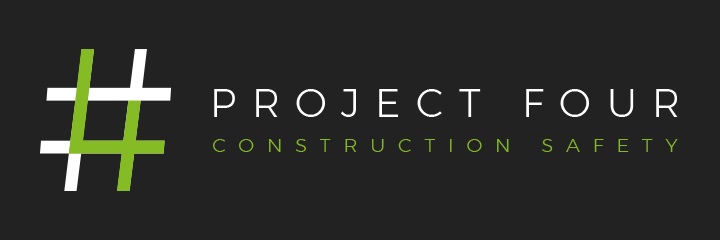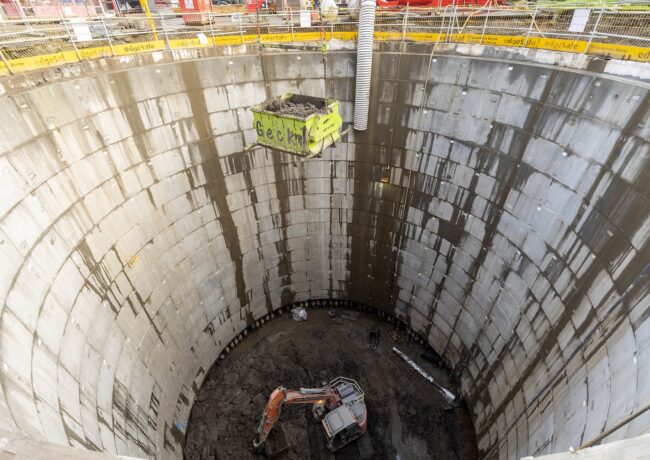Commentary
Building Safety Act: What you need to know about the coming changes
With so much change happening across the industry, here is how we are helping clients and the wider industry focus on key priorities without getting overwhelmed, writes Max Meadows of Project Four Safety.
Last year was filled with consultations, new legislation, and guidance changes – and 2023 is shaping up to be just as busy.
As tempting as it may be, there’s no need to bury your head in the sand. At Project Four Safety, we’ve spent months analysing the act and all the changing guidance. We’re ready to distil that vital information to you.
We’ll start with a summary of the key dates for this year that you need to have marked on your calendar. Then, we’ll discuss what you need to be doing right now to prepare for this next stage in the building safety reform process.
Dates you need to know
April
- Registration for existing occupied high-rise residential buildings opens.
October
- Gateway 2 and Gateway 3 are introduced. Gateway 2 is the construction control plan and fire and emergency file. Gateway 3 is the mandated completion certificate.
- Registration deadline arrives for existing occupied buildings – all new buildings will have to be registered before being occupied from here on out.
- The building inspector and building control approver registers open.
- The Building Safety Regulator becomes the new building control authority for high-rise residential buildings.
- Developers must apply to BSR for building control approval before beginning work on any high-rise residential building. Note that this new rule is effective starting on 1 October.
What you should be doing now
A great starting point for the road to change is ensuring that you are compliant with Construction Design and Management Regulations 2015. CDM 2015 maps out how to improve health and safety within the built environment.
Every duty holder for a project – whether you’re a client, designer, principal designer, or principal contractor – needs to be satisfying the duties called for under CDM 2015.
This is not just our opinion at Project Four – getting on board with CDM 2015 is also the suggestion of Dame Judith Hackett, who led the government’s Building Safety Future Report.
So what does this mean in practical terms?
- Appoint duty holders as early as possible – provided you are able to do due diligence to ensure those you recruit can reflect what the legislation calls for. Often we see appointments that have a mishmash of various duty holders – such as having duties of the principal designer (that’s regulation 11) and the client (that’s regulation four).
- Ensure those appointed are able to do their task safely and competently. CDM 2015 focused on skills, knowledge, experience, and training. The Building Safety Act 2022 shifts that focus to skills, knowledge, experience, and behaviour.
- Start your design risk management and health and safety file from the first day. Agree the format for this early on. In those files, be sure you are capturing key discussions, solutions, and challenges. Include the outputs from your project directors. If you capture information from each stage of the development process, you can pass this along when the project is handed over. If your building is higher risk, than the operator will need to share this information to the BSR so it is key that there are no gaps.
- Educate and upskill your project teams about building safety changes. It is hugely concerning that not enough duty holders and organisations are planning or preparing for the next phase of this legislation. There is a lot to do!
- Engage with the building control body appointed to ensure that the agreed design, construction method, and any design changes comply with building regulations. This has always been key under CDM 2015 – but its importance was emphasised with the Hackett Report and BSA.
- Engage with the building operator and their accountable person as soon as possible. Discuss regularly with the operator about how to safely manage residual risks, including fire safety. Customise your handover information – as an industry we really need to move away from just handing over a generic hardcopy handover pack without a briefing.
We get it. There’s a lot of information to digest. We’re hosting a series of open sessions to help brief the industry on these changes and we’ll be publishing more stories here on Place North West to keep you updated. You can expect a future edition that delves into the details around Gateway 2 and Gateway 3 – as well as competence requirements.
Learn more about BSA at Project Four’s open session briefing and workshop on 8 February. These 30-minute sessions will be held monthly to help the industry get up to speed on the changes. Register to attend.
- Max Meadows is a director of Project Four Safety






Sound advice but much more needs to be done to make sure everyone is aware of their responsibilities. As the MD of an Approved Inspector working in the NW it’s disappointing to see how many developers and contractors are unaware of how the Building Control process is changing. Look at the timetable and many changes are happening very soon that will have an impact on the whole industry.
By Glyn Thomas
Thanks Glyn – wise words, completely agree.
By Alan P4